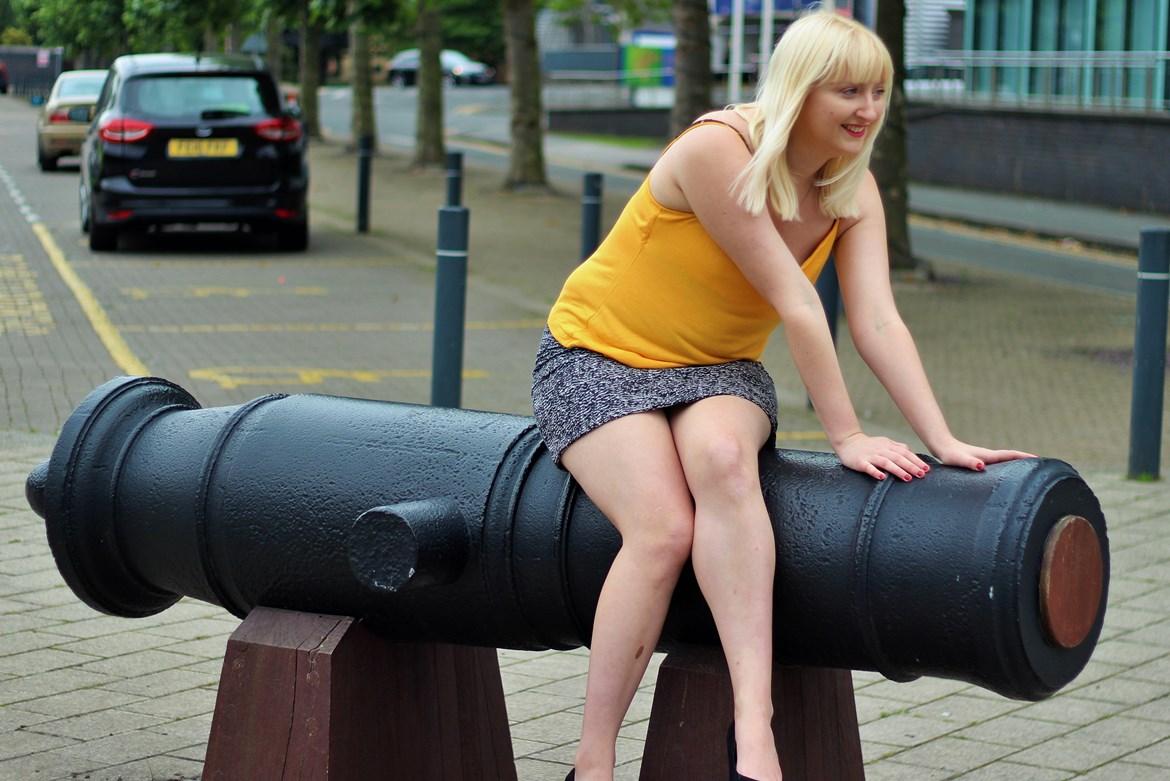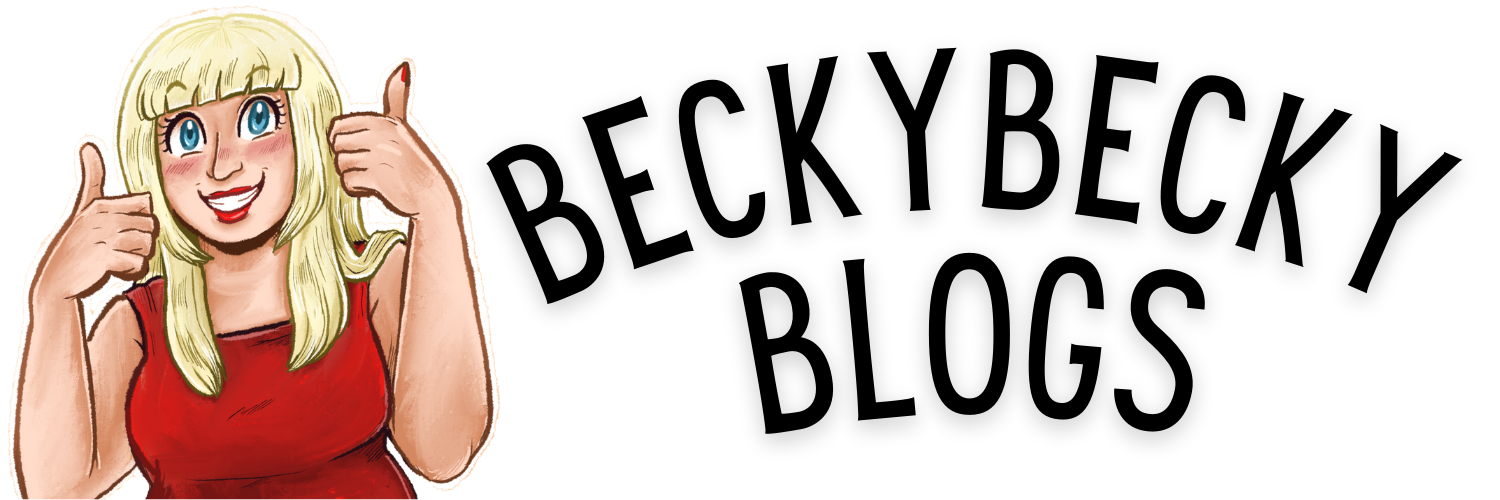I had a different blog post planned for today. But since it’s International Women’s Day, I had to finally publish this one, didn’t I?
Let me start off with the disclaimer that anyone on the internet talking about a contentious subject has to make. I speak for myself, and myself alone. I’m talking about my experiences, or my perception of others’ experiences that they have shared with me.
Having said that, as one of the most high-profile, influential and long-standing women in megagaming, I do think I’m in a good position to start this conversation.
Because this is a necessary conversation. It’s a conversation that needs to happen, and no number of people who tell me “this isn’t important” or “wear pink, I hear women like that” will stop me from having it.
Having said that, it’s a scary conversation to start. It’s hard not to think about things like Gamergate. Hell, when I just posted someone questions about this on Megagame Makers, I got some unpleasant responses.
But there aren’t enough women in megagaming. So let’s change that.
Why Does It Matter?
Right, can we all agree that getting more people, period, into megagaming is a good idea? With that said, getting specifically more women into the hobby is a good thing for many reasons.
It makes for more interesting gameplay, because those women will be turning up with different views on the scenario than a lot of men in the room.
A lot of the women who megagame regularly are among the best megagamers out there. They’re quick-witted and clever. They might be devious, or straight-talking, or flying under the radar, but they’re definitely exciting to play against.
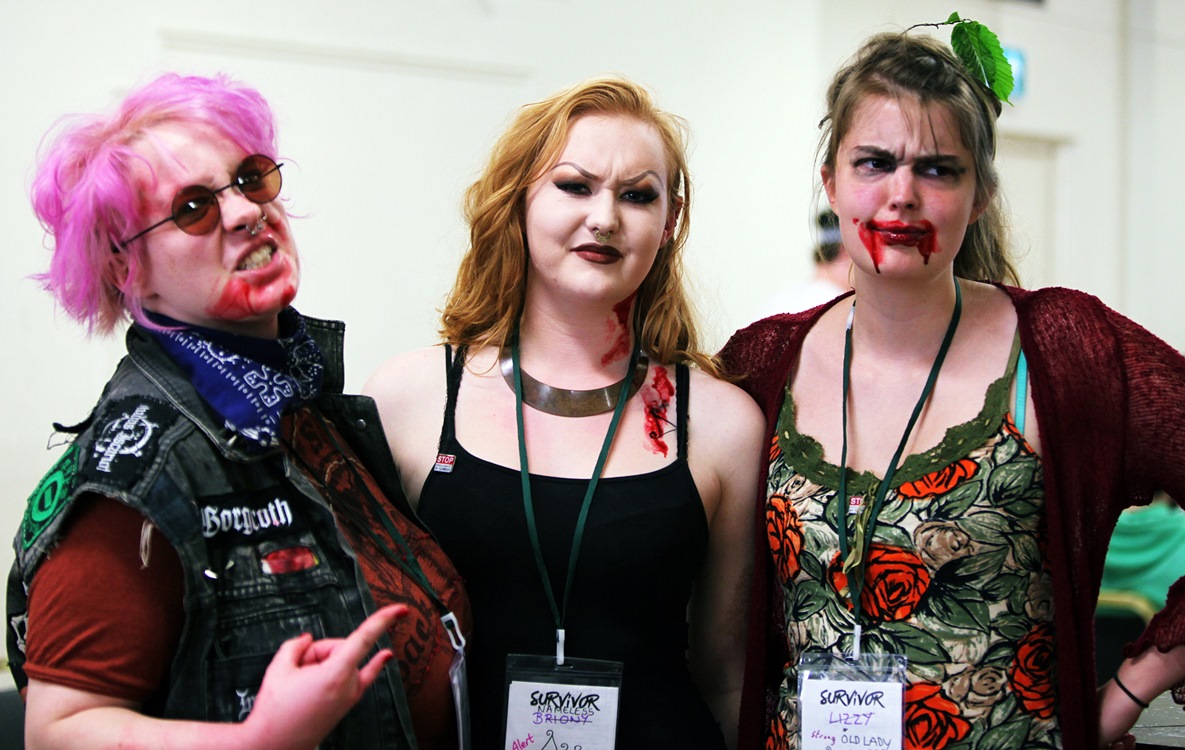
Image credit: Southampton Megagames
My Megagame Beginning
I don’t think I can talk about this without saying how I got into megagaming myself. I’m a bit of a geek by blood (you should see my parents’ Lord of the Rings collection), but I rebelled and tried to be “cool”. So it wasn’t until uni, when I got into the Assassins Society and then Games Society that I actually started gaming. I’ve dabbled in all types of gaming – CCGs, RPGs, board games, LARP, wargames – and formed pretty strong opinions. Interestingly, the two that megagames get compared to most often – wargames and LARPs – were the two I liked least.
But a few years after graduating, when my hobby had basically fallen by the wayside, a friend told me about this type of gaming he’d started doing – and in fact could he stay over at mine for the next one in London? And in fact, did I want to come along?
He described it as “mostly middle-aged white men in a room doing a cross between boardgaming and RPG”. The gender-split didn’t put me off (a lot of my friend groups are mostly male), and the game types were ones I was interested in. But I said no. I had no interest in going to a game about WW1.
The second game he invited me to was based on the Tudors, which I was obsessed with at the time. This time I said yes… but only if I could play a female character.
Brian Cameron, hero that he is, wrote Queen Mother of France into Renaissance and Reformation right at the last minute. I went along, loved it, and signed up to every single game on their calendar. I was hooked.
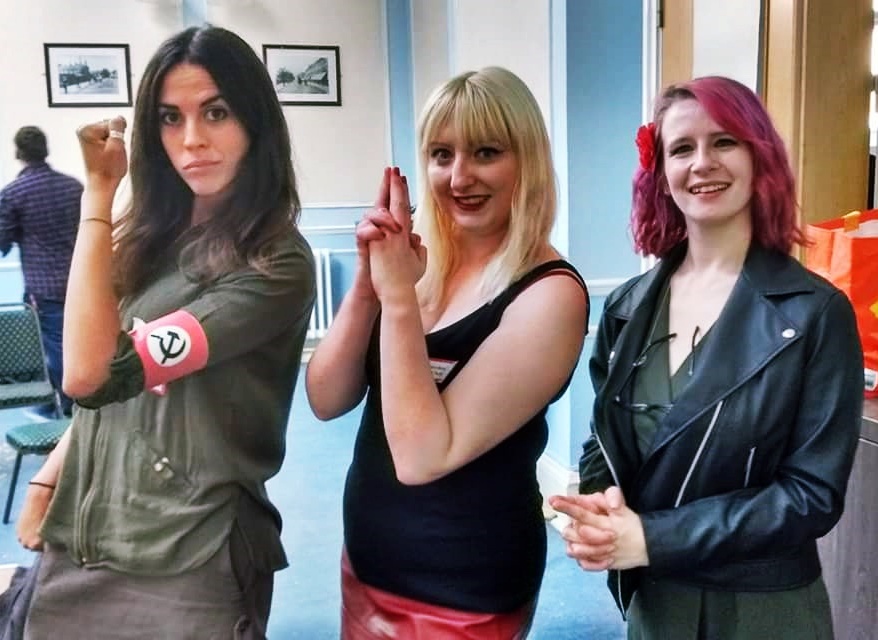
Image credit: Dave Boundy
Female Roles in Megagames
So, as you can see above, a female character was really important for me. A lot of women don’t mind playing a male character (nor do I, if the setting calls for it), but I asked a range of women, and many, given the choice, would choose a female character over a male one.
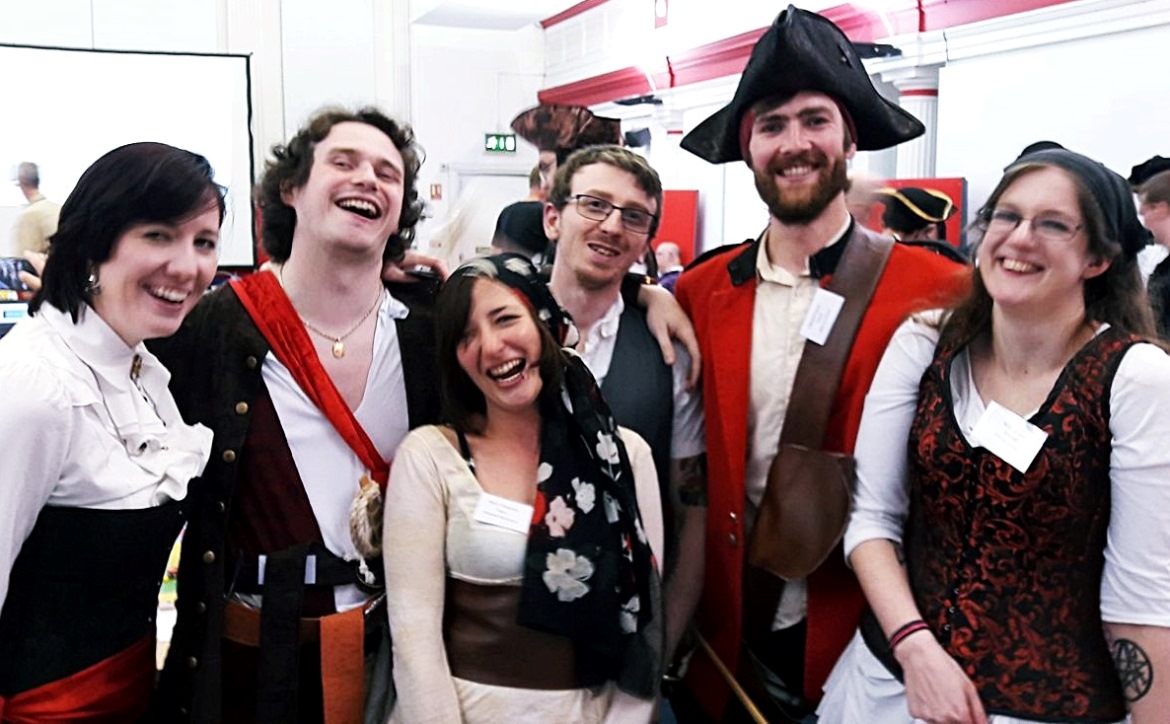
Image Credit: Matthew Wilde
In a lot of megagames, character gender doesn’t matter – particularly modern day or futuristic ones. But in a reasonable number of games, you’re playing a specific character. In some, such as historical military ones, the characters are all male. And in some, there are some female roles, but usually a limited number, such as in medieval politcal-military games.
Based on the heated discussion on the Facebook group, some people believe that historical accuracy is part of what makes creating a megagame enjoyable. And some people believe that gender roles should be eliminated as much as possible, or changed to fit the gender the player wants.
I myself have written a game where gender was an integral part of the gameplay (in that it had marriages, children and inheritance). So clearly I’m of the opinion that gender-blindness doesn’t necessarily fit within a game. In my setting (Game of Thrones) the idea of two men or two women marrying in order to further their bloodline was just ludicrous (though of course LGBT characters do exist in universe, and indeed in my game). Since it was a fantastical setting where I wasn’t strictly wedded to accuracy, I did swap genders on some characters – but I don’t think I would have been willing to do so for all characters.
What I propose is that “gender” is seen as a set characteristic for characters in historical games where gender plays a part. For example, the female may have qualities such as “cannot inherit” and “can change teams by marrying”, while the male has “can inherit” and “cannot change teams by marrying”. It’s a different character band, in the same way that religious character vs noble character, Spanish character vs French character is.
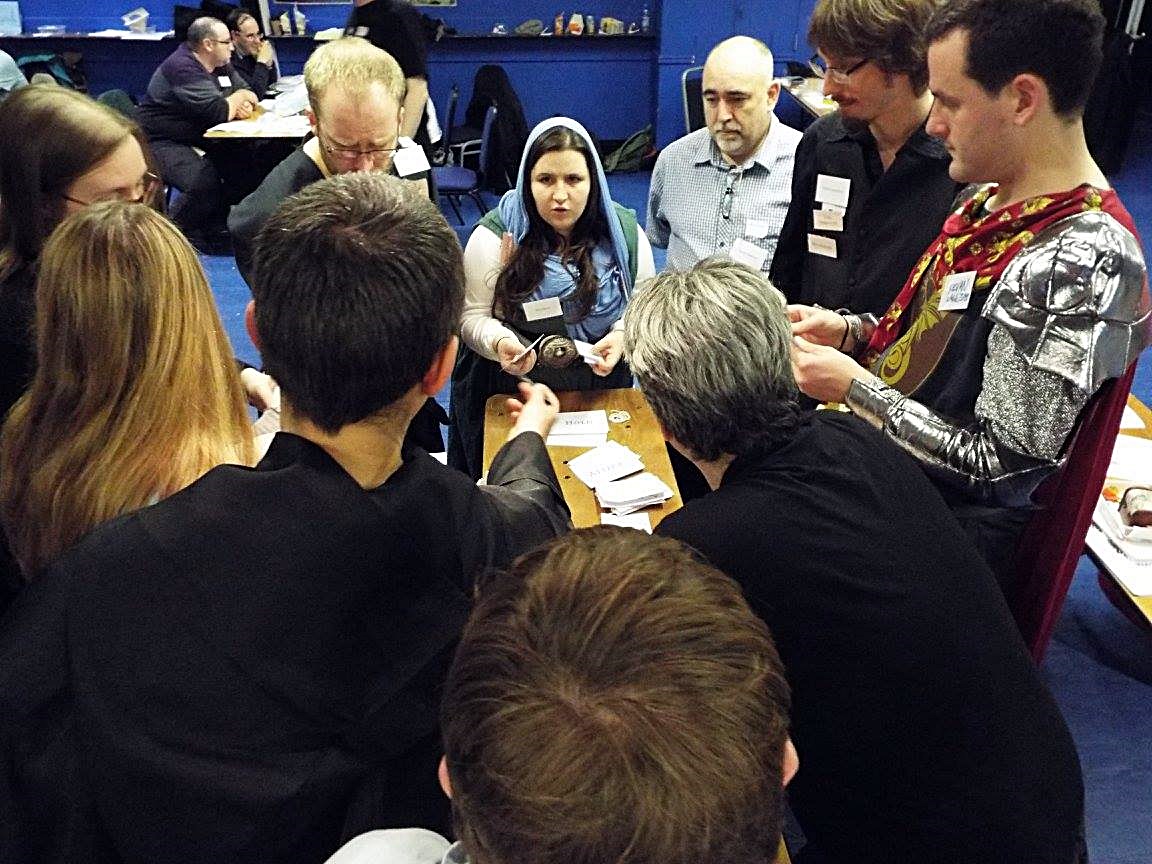
Image credit: Jim Wallman
But I think it’s important to recognise it as what it is – part of the gameplay. If you’re including arbitrary restrictions on what a character can do, based on the gender of the character, such as limiting the titles they can obtain, in a way that does not make the gameplay more interesting, then cut it. I let maesters, knights and religious leaders be female characters in my game, because there was no real reason not to. In the same way, if you’re having a female military player, but never letting them have the rank of Commander… ask yourself why.
This also separates out the idea of casting to gender. In the same way that you don’t necessarily cast a Dutch player as a Dutch character, you shouldn’t necessarily cast a male player as a male character. But they may ask to be cast that way (or ask specifically to not be cast that way) and that should be fine either way.
Roles for Women
Okay, I’m going to make a generalisation here. But yeah, in my experience tabletop wargaming is the type of gaming with the lowest female percentage. So I’m going to suggest that overall, a lot of women would prefer a role that isn’t strictly operational.

Image Credit: John Mizon
But y’know what? Actually, you don’t know what players want! Plenty of men that I know prefer diplomatic roles too, and will have a sucky time at a megagame where they’re stuck on a map.
So my suggestion here isn’t “cast women as diplomatic players”. It’s ask your players what they want to play. Not “if you have a role preference, email us”. Before my game, I sent all my players a short form to fill in, and one of the questions was “do you prefer roles that are mechanics based or roleplay based?”. I used that to inform my casting choices.
But going with the assumption that many women prefer non-operational games… how about if your group is running an operational-military game, run a heavy-roleplay one next? Not just for the female players, but for all the players that prefer roleplay.
Marketing Megagames to Women
I work in marketing. And I’ve seen for myself that sometimes it’s cheaper to boost an ad on Facebook if I narrow down the gender. That’s how we’re trained to think – optimise optimise optimise! Whatever gets the most people at our games with the least amount of work is the best!
But… we don’t want the most people, generally speaking. We want the best. One awesome person who’s going to come back to our games again and again, vs two mediocre people who aren’t going to engage properly and won’t return… you tell me which you’d rather have at your game.
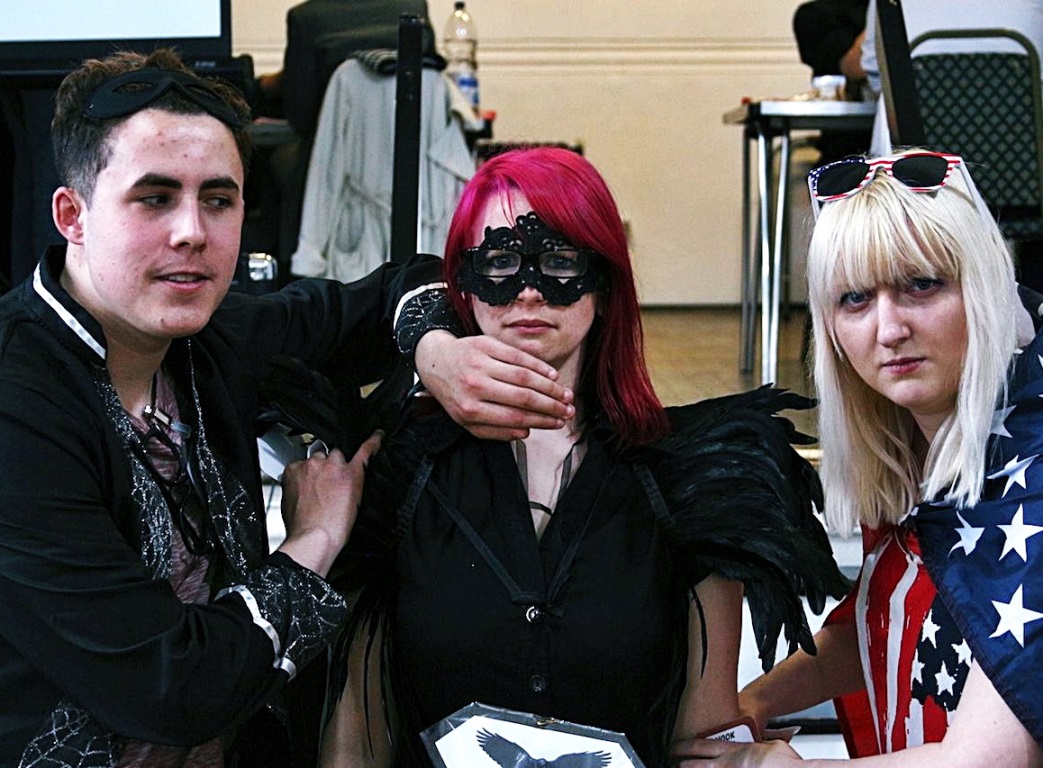
Image Credit: Jason Bardey
So now we’ve figured that this isn’t strictly a numbers game, let’s talk about the ways your marketing is (probably) skewed against getting women to come along.
Firstly, are your marketing pictures just men? In your big across-the-room shots, do you have women prominently in the foreground? If you’re creating artwork or using stock photos, are you including female characters?
In your copy, are you mentioning cool female roles? If you’re mentioning pirate characters, are they just Blackbeard and Benjamin Hornigold, rather than Anne Bonny and Mary Read?
Finally, are you casting women in varied positions? Are the number of female team leaders proportional to the number of female players, and if not is there a very very good reason for that (such as they asked specifically not to be cast as team leads)? Have you got women on your list of designers and control?
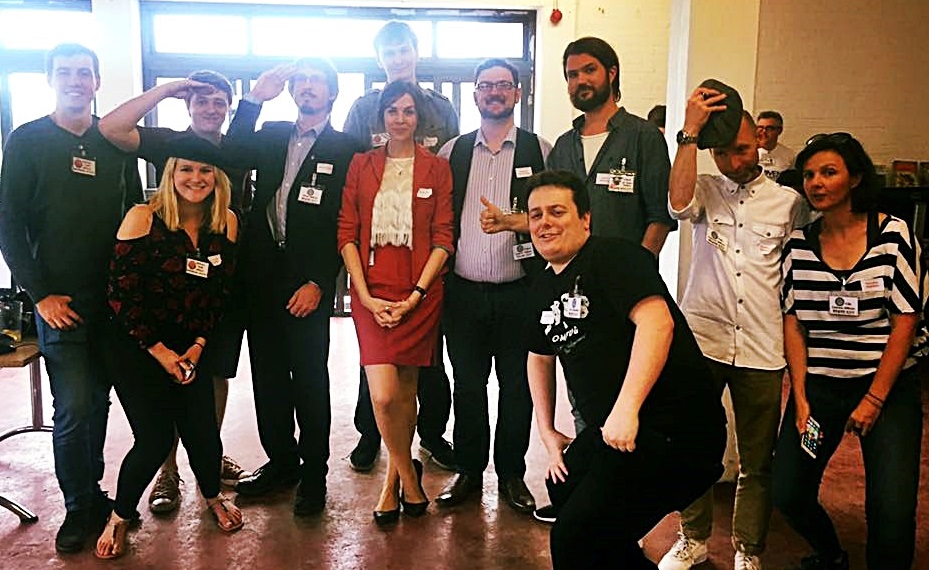
Image credit: Maria Osa
Treatment of Women at Megagames
When I asked on Facebook for women’s experiences with harassment or discrimination at megagames… a lot of people said they’d never experienced any. Which is awesome.
What is less awesome is that a number of people said they had experienced some. Ranging from the difficult-to-address being spoken over, to outright comments and sexual advances, the fact that this is non-zero isn’t great. Really not great.
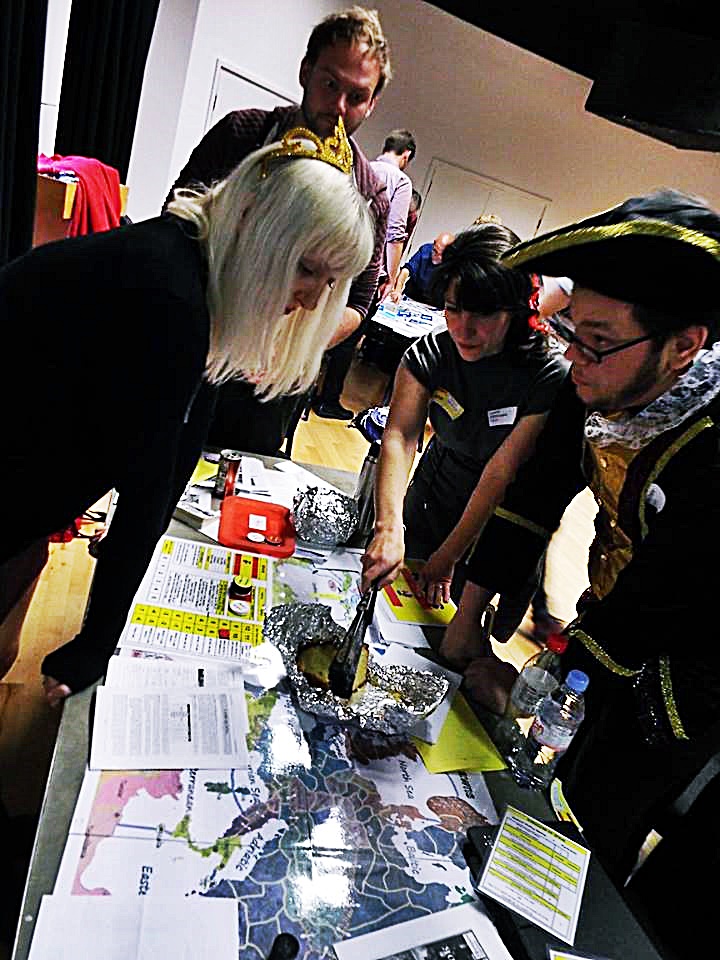
Image credit: Jim Wallman
I want to share a couple of my own examples.
At one game, I was playing a character in constant conflict with another female player. Our control repeatedly referred to these interactions as “cat fights”. This massively reduced the interesting and nuanced difficulties between us to a trope. It made us feel less comfortable with the Control member, as well as less comfortable engaging as forcefully in the relationship.
More significantly, I’ve heard from a fellow megagamer about a player asking “why do you let women come to megagames?”. Apparently, women can’t game “hard” enough to compete with the men. Thankfully, I haven’t seen this player at a megagame since I found out that he made these comments, and I have reason to believe he may have been barred from the group because of them. This is incredibly important – it makes me feel more confident in the people who run the group.
But even just hearing these thoughts vocalised upset me. I try really hard when I game, and I heard this just after a game where I was the sole person fighting hard to keep Katherine of Aragon on the throne of England. I’d gamed my damned hardest, and I felt like nothing I could do was ever going to make up for my gender. Even though this was an isolated opinion that I know very few others share… I can’t say it didn’t knock my confidence.
And finally, at one game where I was on the control team, a player grabbed me to stop me from leaving when I made a decision he didn’t agree with. I don’t think he would have done that to a male control. I have heard no other reports of physical altercation between players at a game, and I don’t think it’s a coincidence that it happened first to a woman put in a control role.
For the record, the aftermath of that incident was handled perfectly. The game control intervened, upheld my judgement. The player offered to leave, and apologised sincerely, which I accepted. And we now have additional protocol in place for if anything happens like it again.
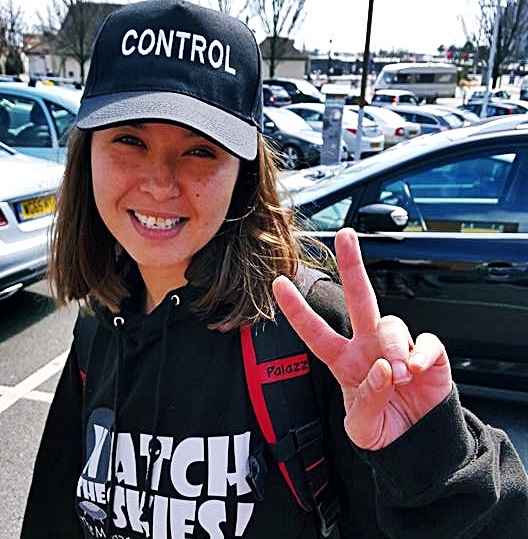
I’m Not Perfect Either
In my game, I cast women exclusively in female roles, without asking their preference, purely because I once had a bad experience with a cross-cast male player in an RPG. That was a bad decision, and it led to me needed to make a casting reshuffle not long before the game, because a player requested a change to their character’s gender.
What I’m trying to say is… people make mistakes. I’m not trying to criticise anyone here for treating women in megagames differently to how I believe they should be treated. All I’m asking you to do is think about it a little, and query why you’re making the choices you’re making.
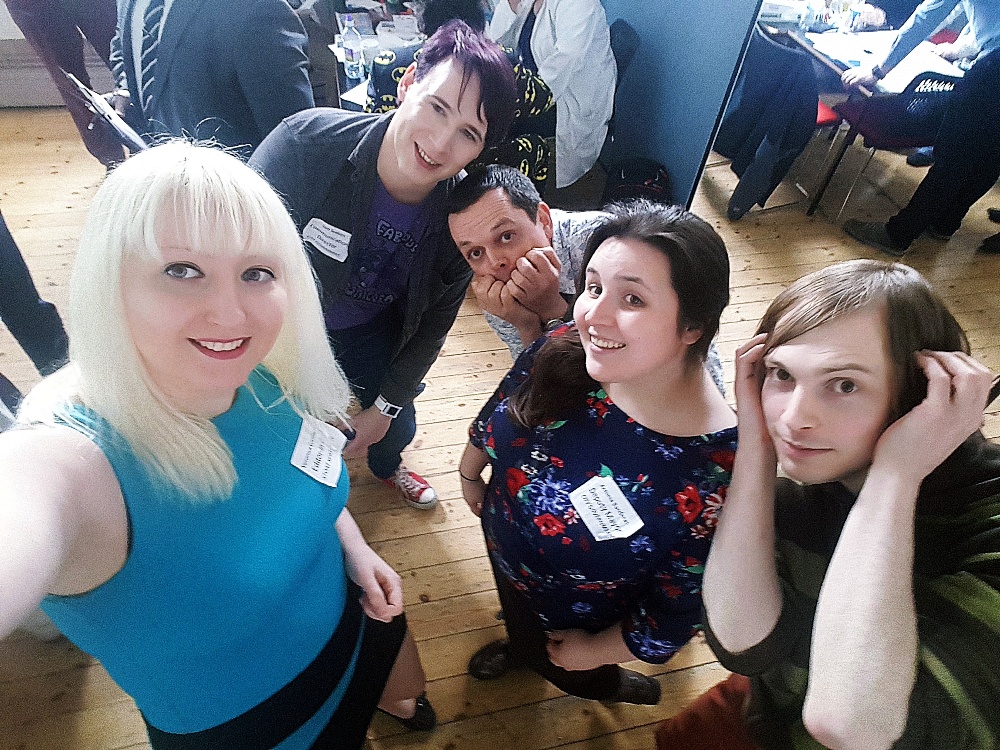
Going Forward
I want this to be the start of a conversation here. This isn’t a prescriptive “do this” blog post where I don’t want interaction and new ideas. I’m writing this to start – or continue – the discussion about women at megagames.
What I don’t want, please, is trolling. If you’re going to post some snarky comment, or some sexist comment, or anything hateful… I don’t have time for it, and I’ll delete your comment.
I wholeheartedly welcome debate on this issue. If you disagree with me – that’s fine. Just be polite about it, please 🙂 or else…
